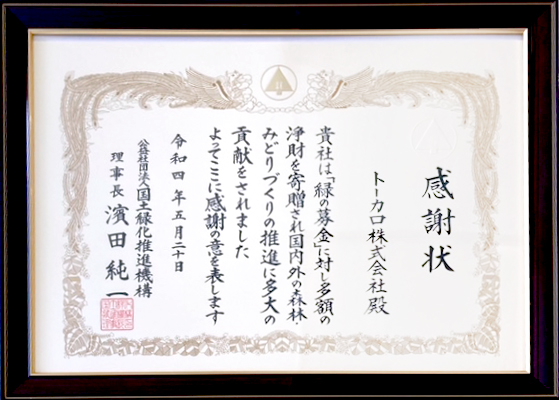SustainabilityEnvironmentWaste reduction and environmental conservation
TOCALO is constantly monitoring the environmental impact of its business activities, products, services, and strive to prevent pollution.
Through the reduction of waste and the appropriate management of hazardous substances, TOCALO is committed to continuous improvement.
Appropriate management of chemical substances
In accordance with the PRTR Law, we report the amounts of chemical emissions and transfers.
In fiscal 2023, TOCALO reported the amount of designated chemicals released into the environment and transferred for six substances in accordance with the PRTR Law (Pollutant Release and Transfer Register: Chemical Substance Release and Transfer Notification System). The emissions met all regulatory standards under the act.
| Released amount (kg) | Transferred amount (kg) | |||||
|---|---|---|---|---|---|---|
| Emission into the atmosphere |
Release into public waters |
Discarding into the soil at place of business |
Landfill disposal at place of business |
Transferring to sewerage |
Transferring off-site (industrial waste) |
|
| Chrome and trivalent chrome compounds |
6.7 | 0 | 0 | 0 | 0 | 4,970 |
| Cobalt and its compounds |
2.2 | 0 | 0 | 0 | 0 | 1,370 |
| Nickel | 8.8 | 0 | 0 | 0 | 0 | 7,820 |
| Nickel compounds | 1.1 | 0 | 0 | 0 | 0 | 790 |
| Boron compounds | 0 | 0 | 0 | 0 | 3.2 | 11,900 |
| Silicon carbide | 43.0 | 0 | 0 | 0 | 0 | 35,300 |
- Following the PRTR Law, the volume of Toluene, for which we submitted a report in fiscal 2022, was reported as zero in fiscal 2023 because the volume handled that year was less than 1 ton. (The PRTR Law requires reporting when the annual amount of Toluene handled at a business site exceeds 1 ton.)
- Silicon carbide was added to the calculation in fiscal 2023 in accordance with a revision to the PRTR Law.
Waste Reduction
We are properly disposing of all types of waste, from general waste to specially controlled industrial waste.
- General waste
Paper constitutes the majority of business-related general waste, and we are committed to reusing and recycling paper. When confidentially is an issue, we work with the paper manufacturers to dissolve materials chemically. - Industrial waste
Waste oil accounted for 34% of our industrial waste, which was the largest component. Waste oil emits from cooling water that is added to grinding oil for use as a coolant with wet grinders (machines for roll grinding). More than 90% of the water is tap water. After disposal, it is used at cement factories and elsewhere to adjust combustion temperature.
Percentages of other waste materials were sludge 27%, waste alkali 11%, mixed waste 8%, slag 7%, waste plastic 6%, and glass and ceramic waste 5%.
The majority of the sludge and waste alkali is waste liquid after cleaning, and most of it is water. We plan to install a system to distill and filter this water for reuse.
Mixed waste is defined as a mixture of several types of waste that is difficult to sort.
Slag refers to residue thermal spray material, such as waste blasting material and collected fumes.
Waste plastics include material containers and secondary materials, as well as waste paper and wood scraps that contain oil.
Glass and ceramic scraps, such as refractory bricks, contain ceramic-based grinding materials that cannot be recycled. - Specially controlled industrial waste
Most of this waste is dust generated by thermal spraying using chromium-containing materials (such as stainless steel) and collected by a dust collector. When the dust volume exceeds the regulatory limit in dissolution tests, it is disposed of as specially controlled industrial waste.



VOICE
Using resources efficiently to help achieve carbon neutrality
Mitsugu Yoshida (Quality Control Department Akashi Plant)
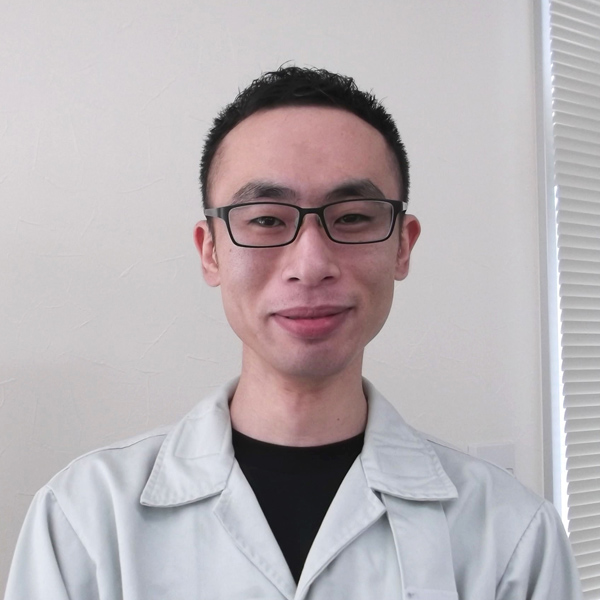
I have been part of the environmental secretariat at the Akashi Plant for 15 years. I’m also responsible for waste management, and focus a lot of my efforts on ensuring the proper disposal and recycling of waste.
The waste from the thermal spraying process contains a large amount of dust that did not adhere to the products. Some of the fine dust contains harmful components which, if it exceeds the standard value, becomes a specially controlled industrial waste that must be properly disposed of.
However, simply discarding it would waste scarce resources, so we actively recycle content. Impurities like harmful chemicals are detoxified. Substances that cannot be detoxified and contain compounds classified as non-medical poisonous substances can be recycled because we are registered as a commercial business of poisonous substances.
Registration as a commercial business of poisonous substances comes with stricter law compliance obligations, such as appointing certified managers and maintaining strictly protected storage areas. We cleared these requirements one at a time until we qualified as a commercial business of poisonous substances in 2023. One of the results of these efforts is that we now can recycle about 20% of waste dust recovered from specially controlled industrial waste.
We seek to comply with all laws and to explore and implement ways to conduct our business without putting a burden on the environment. The Akashi Plant is TOCALO’s largest manufacturing site, and I have spent a very rewarding 15 years managing various areas. I look forward to one day passing on the job to my successor so I can focus my efforts more on implementing initiatives to achieve carbon neutrality.
TOPICS
Introducing translucent clear paper files
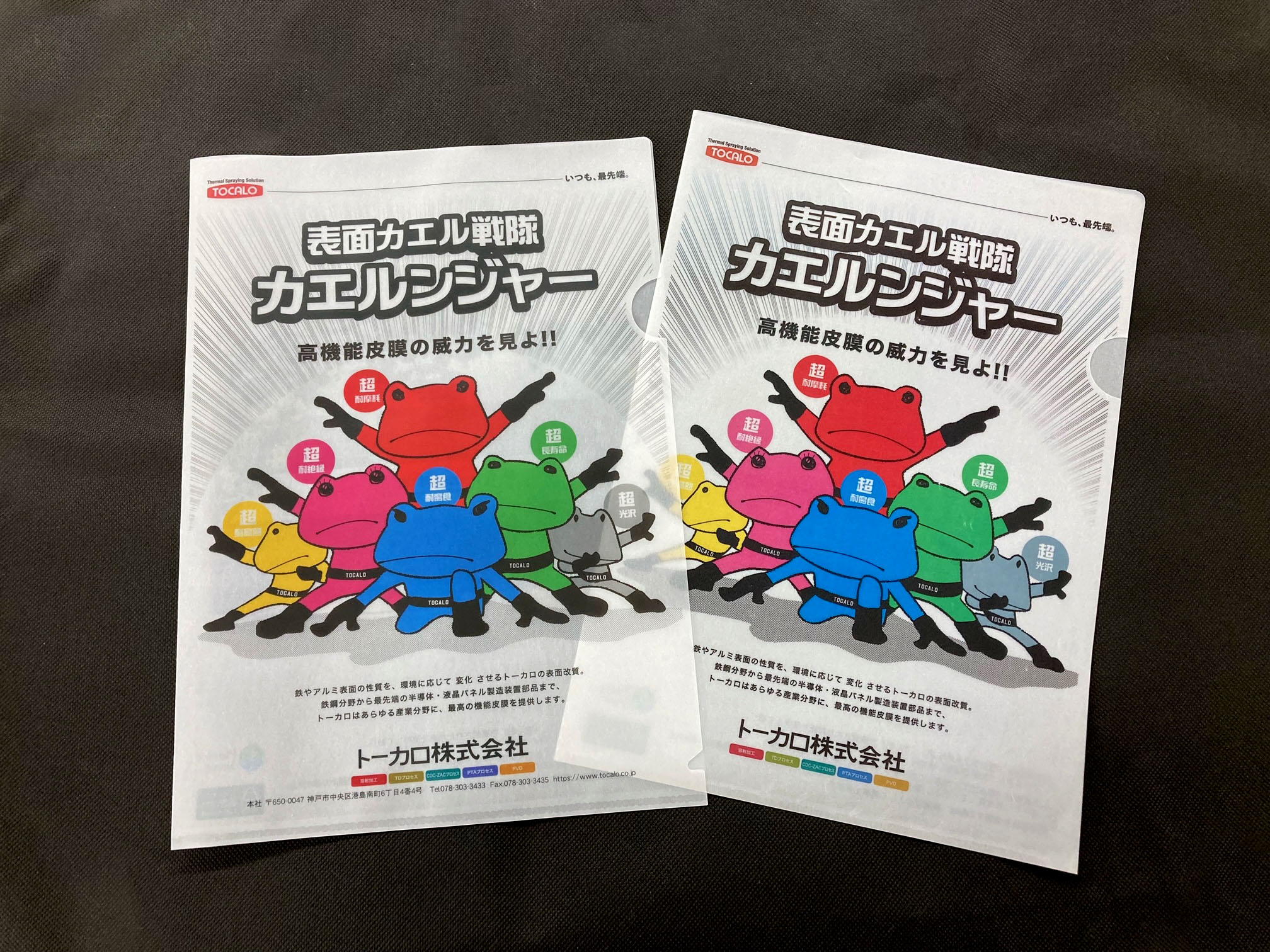
Recycling of miscellaneous recyclable paper at Headquarters (Kobe City)
Kobe City has been implementing an initiative for the recycling of used paper (miscellaneous recyclable paper) that is emitted by business operators targeting the business operators of Port Island and Rokko Island, and the TOCALO Headquarters (within Kobe City Port Island) has been participating in this initiative since March 2020. A large amount of shredder dust is generated at the Headquarters, and this is recovered and transported to designated locations in Kobe City by contracted transport companies.
Air pollution prevention
Dust generated in the thermal spraying process is safely collected before it can be released into the atmosphere.
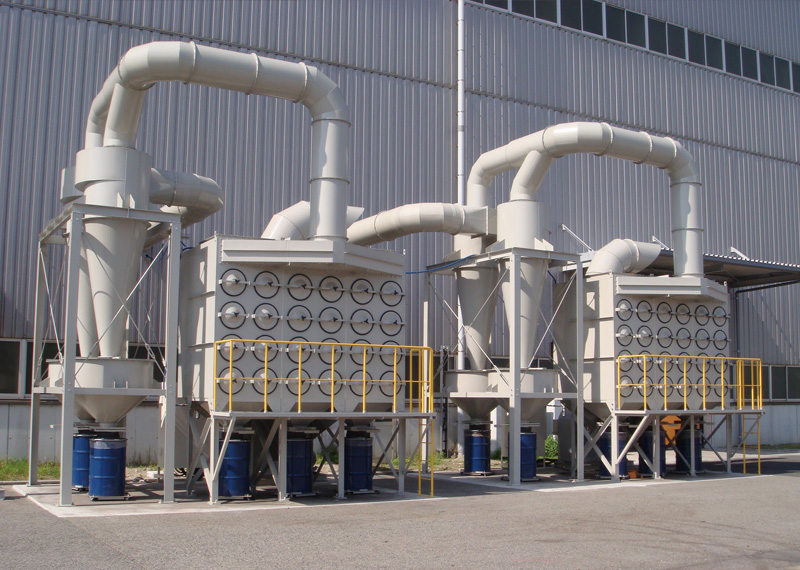
Soil and water pollution prevention
Soil and water pollution prevention is particularly critical because soil and water quality directly affect surrounding communities.

Noise countermeasures
Noise barriers have been installed and noise measurements are also carried out regularly.
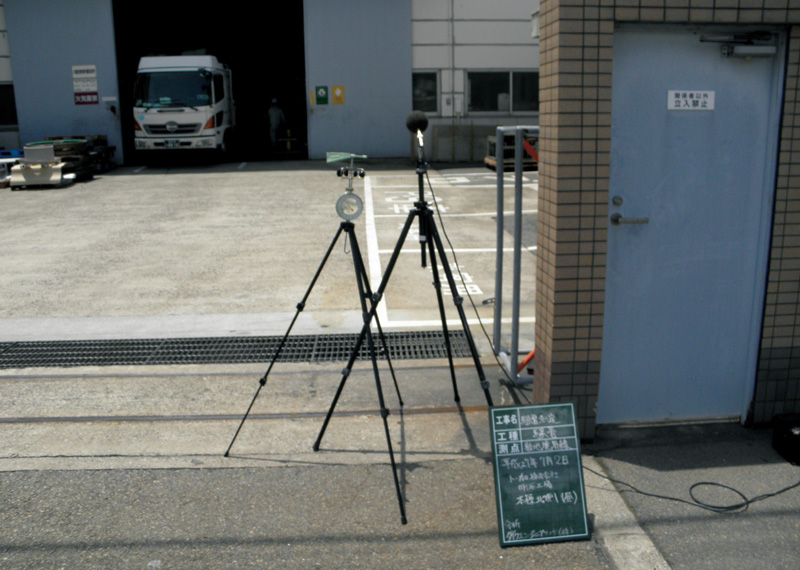
Reduction of water usage
We are actively working to reduce water consumption by collecting and storing water in underground tanks for reuse.

Supporting environmental organizations
